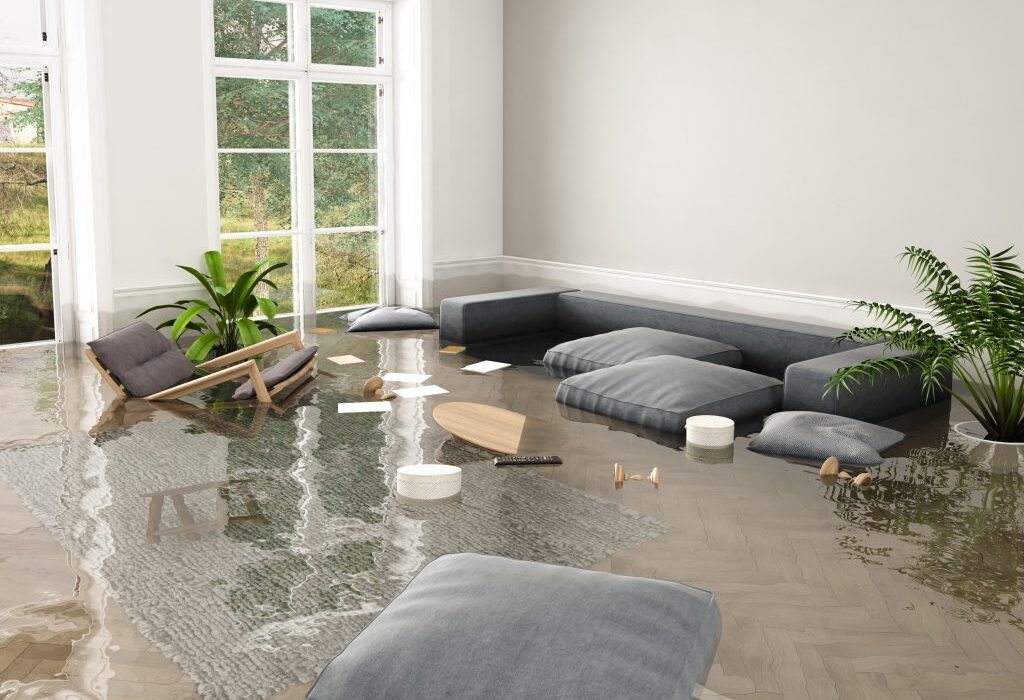How to Clean Up Water Damage: Save Your Home Now!
Contents
Introduction:
Water damage can strike unexpectedly, causing significant disruption and damage to your property. Whether it’s due to a burst pipe, flooding, or a leaky roof, addressing water damage promptly is crucial to prevent further deterioration and mold growth. In this blog post, we’ll provide you with valuable tips and strategies for cleaning up water damage effectively and restoring your property to its pre-damage condition.
Assess the Damage:
Before diving into the cleanup process, take the time to assess the extent of the water damage. Identify the source of the water and determine whether it’s clean, gray, or black water, as this will influence the cleanup approach. Survey the affected areas thoroughly to gauge the severity of the damage and prioritize your efforts accordingly.
Ensure Safety First:
Safety should always be your top priority when dealing with water damage. Turn off the power to the affected area to prevent the risk of electrocution. If the water damage is extensive or the water is contaminated, consider wearing protective gear such as gloves, masks, and boots to minimize exposure to harmful substances.
Remove Standing Water:
The first step in the cleanup process is to remove any standing water from your property. Use a wet/dry vacuum or a pump to extract water from floors, carpets, and other affected surfaces. Be thorough in your extraction efforts to prevent water from seeping into walls, furniture, and other porous materials.
Dry Out the Area:
Once you’ve removed the standing water, it’s essential to thoroughly dry out the affected area to prevent mold growth and further damage. Open windows and doors to promote air circulation, and use fans and dehumidifiers to expedite the drying process. Consider renting professional-grade equipment for large-scale water damage restoration projects.
Clean and Disinfect:
After drying out the area, clean and disinfect all surfaces affected by water damage to eliminate bacteria, mold, and other contaminants. Use a mild detergent or antimicrobial cleaner to scrub walls, floors, and other surfaces thoroughly. Pay special attention to areas prone to mold growth, such as bathrooms, basements, and crawl spaces.
Inspect for Mold:
Even after cleaning and disinfecting, it’s essential to inspect your property for signs of mold growth. Mold can proliferate in damp, dark areas and pose serious health risks to occupants. If you discover mold during your inspection, consult with a professional mold remediation specialist to address the issue promptly and prevent further spread.
Restore and Repair:
Once the cleanup process is complete, assess any structural damage caused by water and initiate repairs as needed. Replace damaged drywall, insulation, flooring, and other materials to restore your property to its pre-damage condition. Consider consulting with a professional restoration contractor for large-scale repair projects to ensure quality workmanship and lasting results.
Conclusion:
Dealing with water damage can be overwhelming, but with the right approach and guidance, you can effectively clean up and restore your property. By following these tips and taking swift action, you can minimize damage, mitigate health risks, and reclaim your home or business from the effects of water damage. Remember, when in doubt, don’t hesitate to seek professional assistance to ensure thorough and effective restoration.


